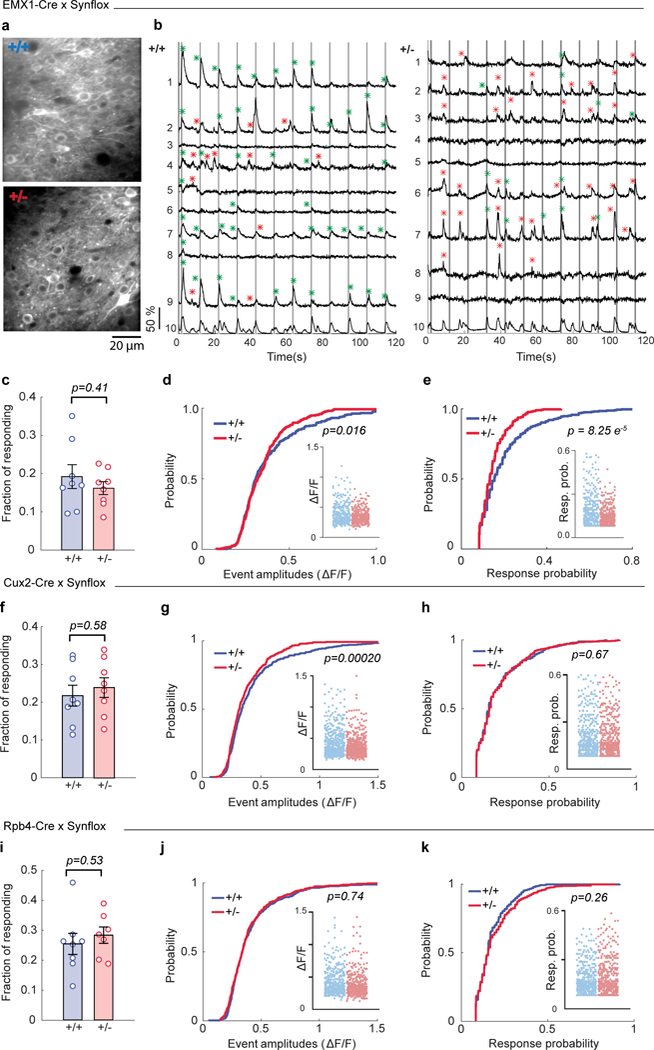Figure 4: Reduced sensory responsiveness of L2/3 SSC neurons in Syngap1 mice is cortex-specific.

(a) Representative in vivo two-photon microscopy images of L2/3 SSC of WT and Het Emx1-Cre X Syngap1 cKO mice. (b) Representative ΔF/F traces of 9 (1-9) neurons in WT and Het mice in response to 5 passive whisker deflections at 5 Hz (from a). Gray vertical lines indicate the timing of whisker stimulus. Green asterisks indicate calcium events within the response detection window. Red asterisks show spontaneous calcium events. ROI number 10 is the neuropil signal. (c-e) Cellular sensory properties pooled from two independent cohorts of Emx1-Cre X Syngap1 cKO mice in response to 5 pulses at 5 Hz whisker stimulations under anesthesia. (c) Scatter plot showing fraction of responding cells in WT and Het mice (Unpaired t-test t(14)=0.85, p=0.41; WT n=8 mice, Het n=8 mice). (d, e) Cumulative probability and scatter plots (inserts) of ΔF/F amplitudes (d, KS Test, p=0.016; WT: n=327 neurons, Het: n=306 neurons) and response probabilities (e, KS Test, p= 8.2E-5) in responding neurons. Data obtained from 1671 neurons in 55 imaging planes from 8 WT mice; 1877 neurons in 58 imaging planes from 8 Het mice. (f-h) Cellular sensory properties pooled from two independent cohorts of Cux2-CreERT2 X Syngap1 cKO mice in response to 5 pulses at 5 Hz whisker stimulations under anesthesia. (f) Scatter plot showing fraction of responding cells in WT and Het mice (Unpaired t-test t(14)=0.56, p=0.58; WT n=8 mice, Het n=8 mice). (g, h) Cumulative probability and scatter plots (inserts) of ΔF/F amplitudes (g, KS Test, p=0.0002; WT: n=435 neurons, Het: n=445 neurons) and response probabilities (h, KS Test, p=0.67) in responding neurons. Data obtained from 2015 neurons in 57 imaging planes from 8 WT mice; 1901 neurons in 56 imaging planes from 8 Het mice. (i-k) Cellular sensory properties pooled from two independent cohorts of Rpb4-Cre X Syngap1 cKO mice in response to 5 pulses at 5 Hz whisker stimulations under anesthesia. (i) Scatter plot showing fraction of responding cells in WT and Het mice (Unpaired t-test t(13)=0.64, p=0.53; WT n=8 mice, Het n=7 mice). Cumulative probability and scatter plots (inserts) of ΔF/F amplitudes (j, KS Test, p=0.74; WT: n=340 neurons, Het: n=317 neurons) and response probabilities (k, KS Test, p=0.26) in responding neurons. Data obtained from 1684 neurons in 56 imaging planes from 8 WT mice; 1411 neurons in 46 imaging planes from 7 Het mice. In scatter plots, open circles are animal means, closed circles are individual cells, black lines indicate population means, and error bars indicate SEMs. All statistical tests were two-sided.
